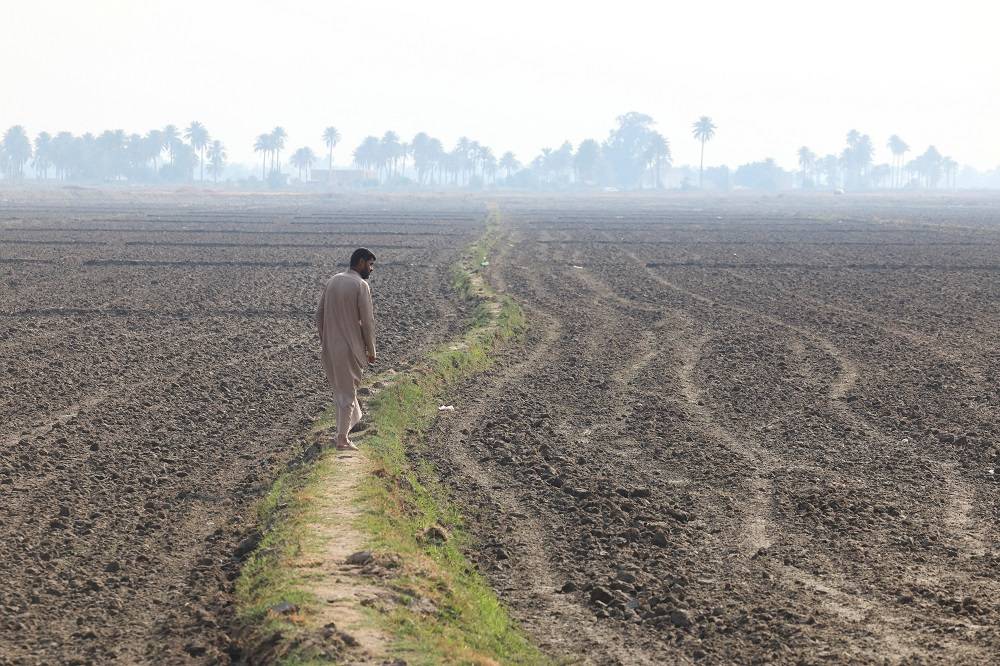Israel's bombing campaign on Gaza is the most destructive of this century, a report by CBC revealed.
The report noted that satellite technology revealed that Gaza bombing was more intense than in Ukraine, Syria or even the Second World War.
Experts in mapping damage during wartime applied data from the Copernicus Sentinel-1 satellite to Gaza and found levels of destruction unprecedented in recent conflicts, Corey Scher of the City University of New York Graduate Center told CBC News.
The intensity of bombing in Gaza is something the researchers said they've never seen before, according to the report.
"It's just the sheer speed of the damage," said expert Van Den Hoek. "All of these other conflicts that we're talking about [Ukraine, Syria, Yemen] are years long. This is a little over two months. And the sheer tempo of the bombing — not just the scale of it but the sheer tempo — there's nothing that tracks [like] this in such a short timeframe."
The two researchers have worked extensively on Ukraine since Russia launched its full-scale invasion in February 2022.
"The extent and the pace of damage in Gaza only compares to the heaviest-hit cities that we've seen in Ukraine," said Scher. "And those were much smaller areas. Mariupol and Bakhmut by area are smaller and the built-area density and clustering of structures was also much less."
Van Den Hoek added: "Somewhere around a third, maybe 40 percent of all structures in Gaza, are showing some degree of damage, some of which are likely destroyed. In north Gaza and Gaza City, we see much higher rates approaching two-thirds."
The Financial Times did a statistical analysis that compared Gaza to the Allied bombing campaign over Germany during the Second World War.
Three cities in Germany were effectively destroyed from the air during that war: Cologne, Hamburg and Dresden. In Hamburg and Dresden, a mix of high explosives and incendiary bombs created the notorious "firestorm" conditions that caused streets to melt.
Data analyzed by Scher and Van Den Hoek shows that by Dec. 5, the percentage of Gaza's buildings that had been damaged or destroyed already had surpassed the destruction in Cologne and Dresden, and was approaching the level of Hamburg.
Israel Forces dropped around 1,000 bombs a day in the first week of the campaign and said that it had conducted more than 10,000 airstrikes on Gaza as of Dec. 10. The number of aircraft involved or bombs dropped on each mission is unknown, but Israel's main strike aircraft are capable of carrying six tons of bombs each, the CBC report revealed.

Earlier this week, CNN quoted Marc Garlasco, a former US defense intelligence analyst and former UN war crimes investigator, saying that the density of Israel’s first month of bombardment in Gaza had “not been seen since Vietnam," which goes back to 48 years ago.
According to CNN, the heavy munitions used can cause high casualty events and can have a lethal fragmentation radius – an area of exposure to injury or death around the target – of up to 365 meters (about 1,198 feet), or the equivalent of 58 soccer fields in area, noting that the bombs used are four times heavier than the largest bombs the United States dropped on ISIS in Mosul, Iraq, during the war against the extremist group there.
“The use of 2,000-pound bombs in an area as densely populated as Gaza means it will take decades for communities to recover,” said John Chappell, advocacy and legal fellow at CIVIC, a DC-based group focused on minimizing civilian harm in conflict.
Meanwhile, Prime Minister Benjamin Netanyahu said Saturday that Israel's war against Hamas will last "many months" as he renewed his pledge to eliminate the Palestinian militant group from Gaza.










